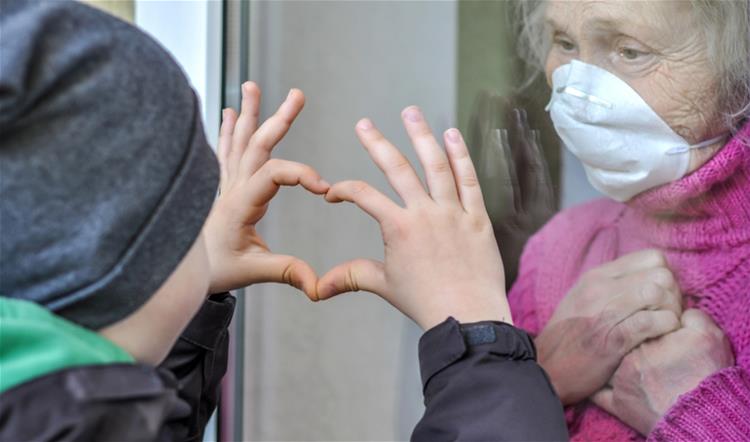
Published: April 24, 2020 | By Michelle Donovan
The COVID-19 pandemic has exposed the elderly as the most vulnerable to the virus, particularly residents in long-term care, where outbreaks have hit over 130 homes in Ontario, and more across the country.
Henry Siu, an assistant professor of family medicine at McMaster, is an attending physician at a long-term care (LTC) facility in Hamilton. Siu’s clinical and research focus includes improving the quality of care for seniors.
We asked him about the ongoing crisis facing nursing homes. The following is an edited version of that conversation.
Why are long-term care facilities so vulnerable to the spread of COVID-19?
What we do know about COVID-19 is that one way to mitigate the spread is to physically distance–to put at least two metres between yourself and another person. In long-term care that can’t always be the reality. A lot of our residents are dependent on our staff to help with things like bathing, dressing, toileting and eating.
Long-term care is designed to be home for residents.
Activities in the home are designed to engage people in social activities. It’s designed to bring people together for times of singing or crafts or outings. During those sessions the ability to maintain two metres apart is much reduced.
Another major consideration is the staff and visitors that come into the home. Because some staff and visitors work and live in multiple settings, the risk of getting COVID-19 and bringing it into a LTC home goes up.
Will the measures being introduced now help to stop the spread or is it too late?
The Ontario government recently introduced a series of measures to help reduce the risk of spread of COVID-19 to long-term care residents. I think these measures are necessary and will be useful to prevent the future spread of COVID-19. What I hope to hear in the coming days and weeks are ways to ensure that these measures are maintained beyond COVID-19.
One of the important things we need to learn from this pandemic is how do we prevent this from happening again.
It’s important that we think about protecting our residents at all times and not just times of public health emergencies. As a result, it’s important to make sure staff only work in one home, to be aware of where the known and unknown “hotspots” are in LTC homes, and have appropriate access to personal protective equipment.
What do you think should be done to address the crisis?
Today, we have to make sure we prevent the further exposure to long-term care residents. We need to absolutely make sure that LTC homes that do not have an outbreak right now stay that way. We have to make sure staff going into homes are healthy and are not carrying the virus. We need to make sure that residents, if they are transferred to hospital for whatever reason, do not come back with COVID-19. These are very, very important things we need to consider.
For the future, we need to think about how we ensure this does not happen again. We have to start thinking about system-level issues like how the physical environment in long-term care is contributing to the severity of COVID-19 in certain long-term care homes. Having four beds in one room is not adequate and is one of the big reasons why COVID-19 was able to spread so quickly.
Ensuring each resident has their own room is an issue of dignity but it’s also an issue of safety.
I think another important issue that needs to be addressed today and in the future is staffing. How many people are available and able to work in long-term care? It’s important to recognize previous studies have shown that more staff providing care in the home leads to better care for the residents. Some of the questions that we need to ask are: how does our system recruit and maintain an adequate workforce? How do we make sure that long-term care staff are able to devote their time to one care home? What financial considerations need to be made by government and the private sector to sustain this workforce?
Do you see permanent changes coming to LTC when this is all over? And what do you think needs to be done?
I think a big silver lining in this pandemic is the innovation that has happened around the delivery of health. The collaborations and integration of care between long-term care, emergency and acute care is key to make sure we provide good access to high quality health care for our residents during the pandemic and hopefully afterwards. I hope these collaborations, these ways of virtually connecting the long-term resident with different levels of care in the hospital, don’t go away after the pandemic is over.
Another series of innovations I have seen is the way some long-term care homes have reached out to families. Some long-term care homes have been diligently communicating with families during this time to provide reassurance, and desired updates. There is also a push within some homes to make sure residents are connected with their families. This is key and very important to combat physical distancing. A lot of effort has been invested in using technologies to help promote virtual connection, and to allow families to see and visit their loved ones.
This article was first published on Brighter World. Read the original article.

